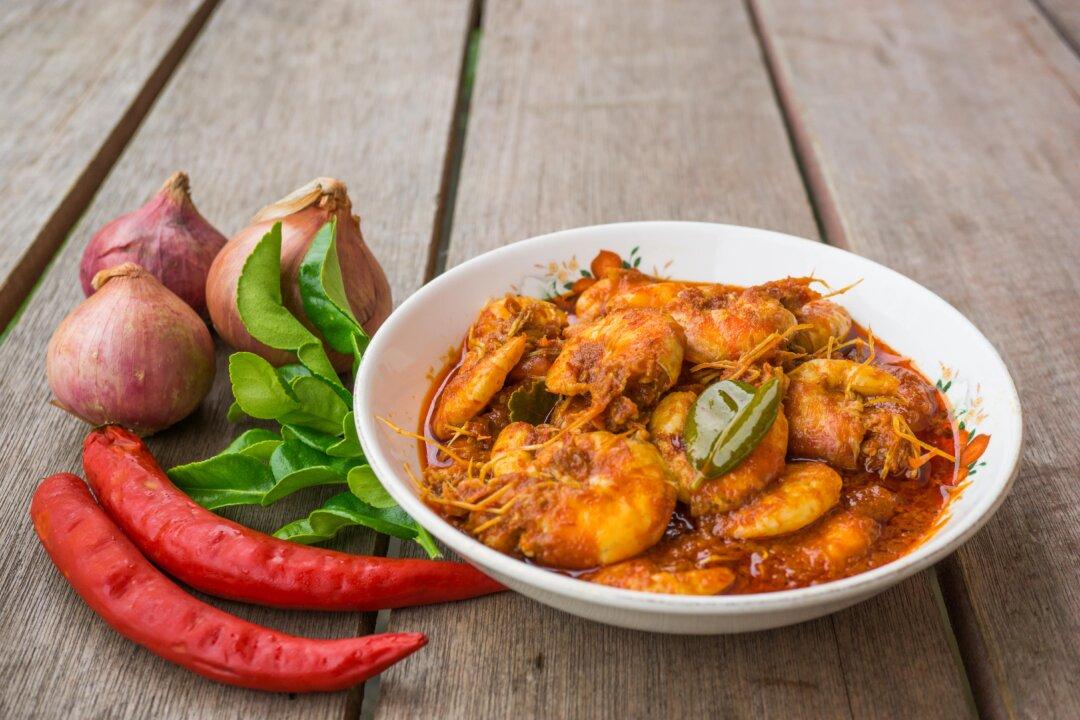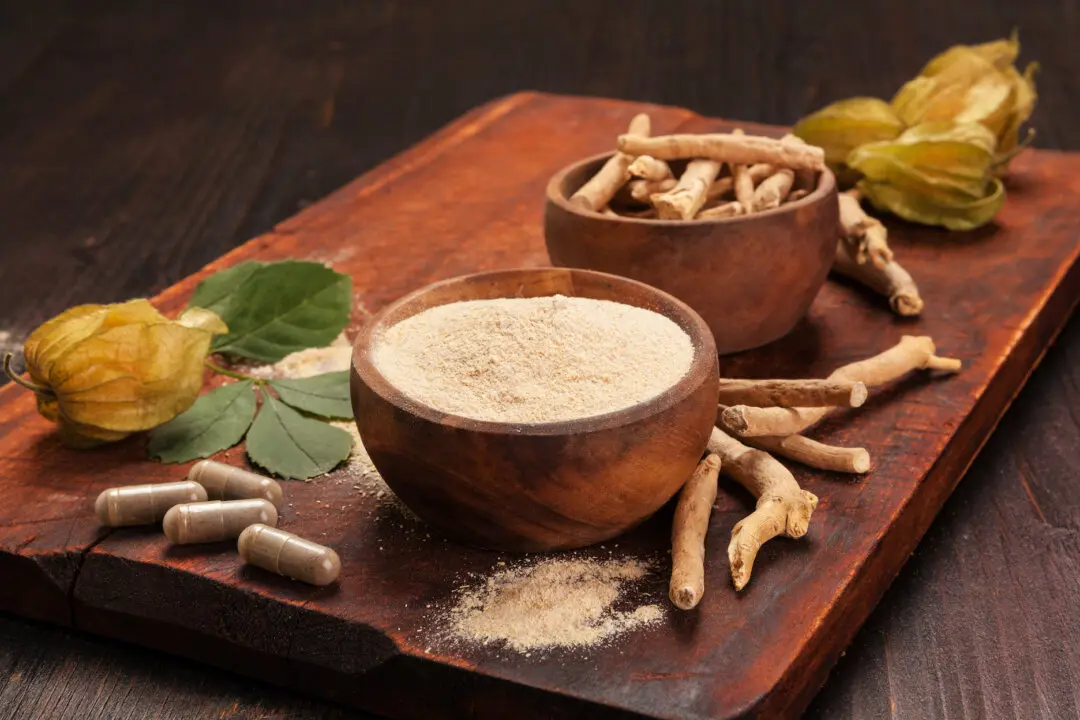In Malaysia, the mamak stall is more than a place to eat; it’s a slice of the country’s soul, a microcosm of Malaysian society.
These humble stalls, bustling with life, are the truest representation of the country’s “melting pot”—a place where cultures blend to create something uniquely Malaysian.






